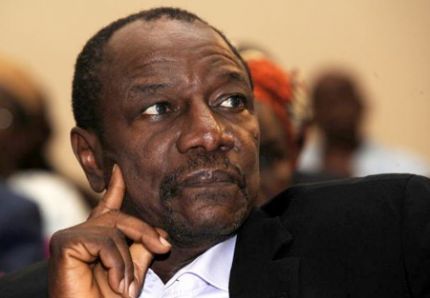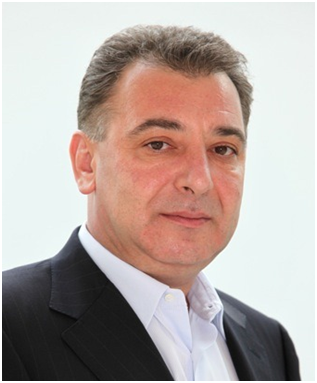Guinea to award Simandou iron ore project to Chinalco
It seems the government of the West African state of Guinea may be prepared to give a big stake of its iron ore reserves to Chinalco after reports of falling out with Rio Tinto. Senior politicians in the country are with the view that Rio Tinto have been in Simandou for many years and have done nothing but dish out money to expatriates with little or nothing to show for the time spent on the mines.
The government has privately expressed dissatisfaction at how Rio Tinto has conducted its operation in the country and are seriously considering other options. (Photo: Alpha Condé, President of Guinea)
The iron ore project is vital to the Guinean economy and authorities are keen on handing over operations to a reputable company with a proven track record in the mining industry. Chinalco had been a minority shareholder in the project, but have demonstrated immense interest in taking the project to another level, with intent to create jobs and wealth to boost the economy.
The Guinean government has been encouraged by how a smaller company like African Minerals Limited, operating in Sierra Leone, and driven by the Romanian businessman Frank Timis, could build such a huge operation at the Tonkolili mine with only $2 billion investment, including a port and rail network facility in just under 3 years, something that has enhanced the GDP of neighbouring Sierra Leone.
Pressure continues to be piled on Rio Tinto to give a major stake to Chinalco, as Guinea’s president believes the only company capable of building Simandou is Chinalco with the assistance of the Chinese.
African Minerals continues to be a major force in the African mining industry and has made head waves in its contribution to the socio-economic development of the communities around its operations.
By Ahmed Kamara
Stay with Sierra Express Media, for your trusted place in news!
© 2013, https:. All rights reserved.







Oremso
/
Although the article covers a major interest area in the socio-economic development of some of the poorest African States, however, there appears to be some factual deficit and subjective reasoning as to why the Guinean government is considering change in ownership.
Chinalco as with other Chinese mining companies operating in Africa has no track records to support the author’s sentiment of the likely propensity to emulate African Minerals’. Elsewhere in Africa, notably in the Southern African regions, the Chinese mining companies have a very poor safety records and lack of respect for local employees and communities. It was so bad that the new Zambian government revoked one Chinese company’s licence.
I am not an employee of Rio Tinto (just a concern Salone boy), but if we’re talking about reputation, Rio is one the best known reputable mining companies in the world.
The current president or government may not have been involved in the original ownership agreement, but the entire agreement was to say the least extremely complex.
For example, the local government had pushed for larger stakes in the project over the years, and in 2011 it forced Rio into a controversial $US700 million payment to retain the project.
Hitherto, the funding framework has not been finalised and the project is estimated to cost around $US10 billion compared to African Minerals’ purported $US2 billion. The original agreement stated that the Guinean government will own 51% of the port and rail operation and the 49% by the remaining parties. Thus the Guinean government will have to get funding in excess of $US 3 billion to fund its 51% stake.
To conclude, African Minerals’ operation is quite straight forward (i.e. existing Iron Ore operation was in place with port and rail facilities – although major revamped took place), unlike the Simandou which has to start from scratch. The cost of such project according to Sydney Morning Herald, over 60% was attributed to the ‘Rail and Port’ components.
6th May 2013